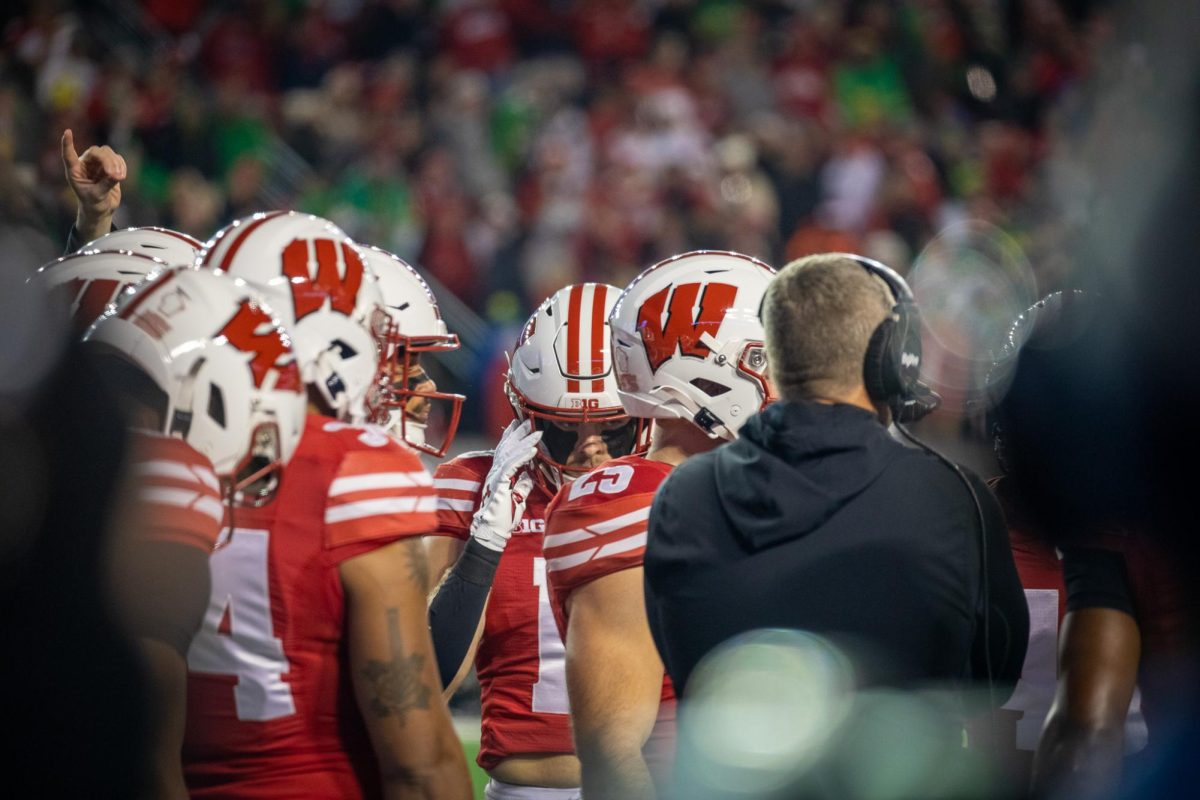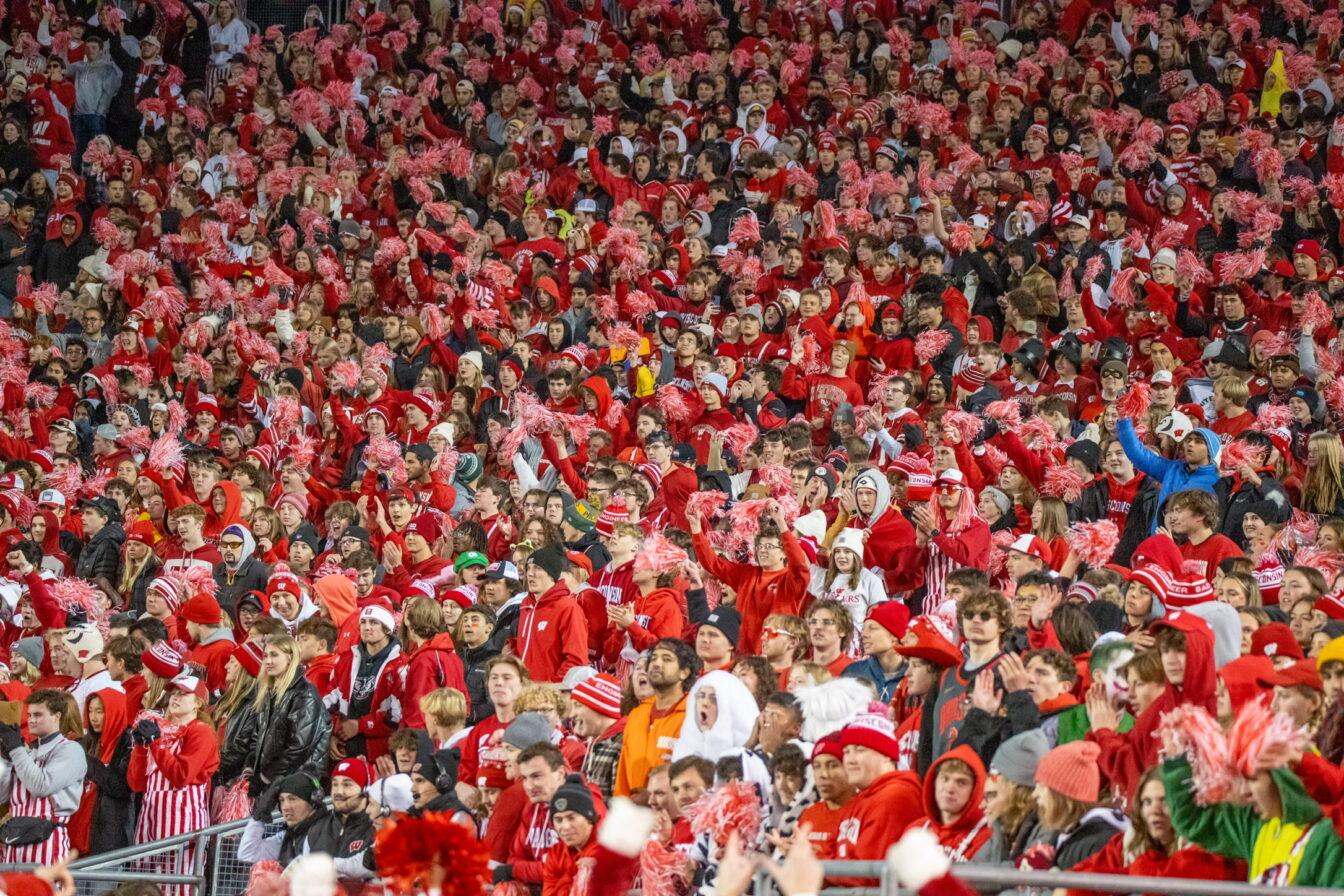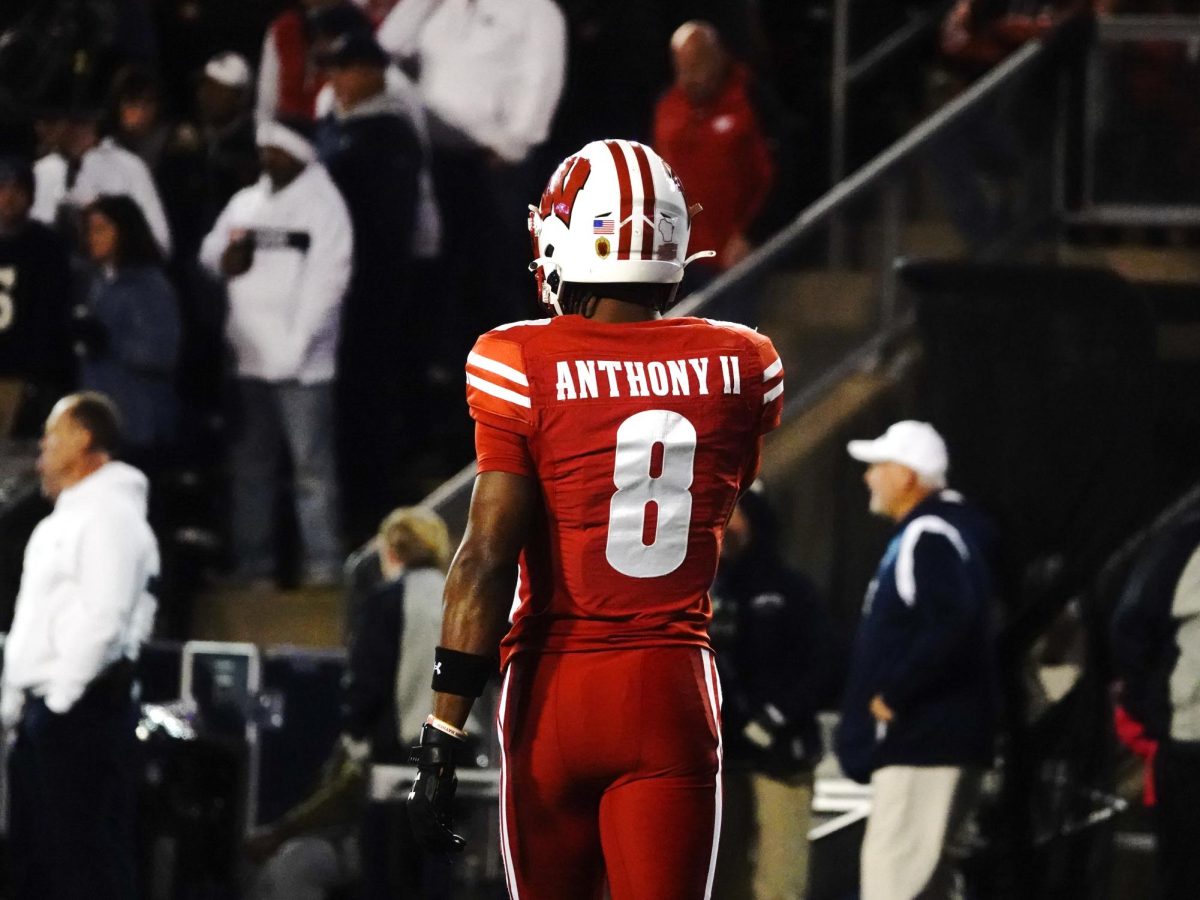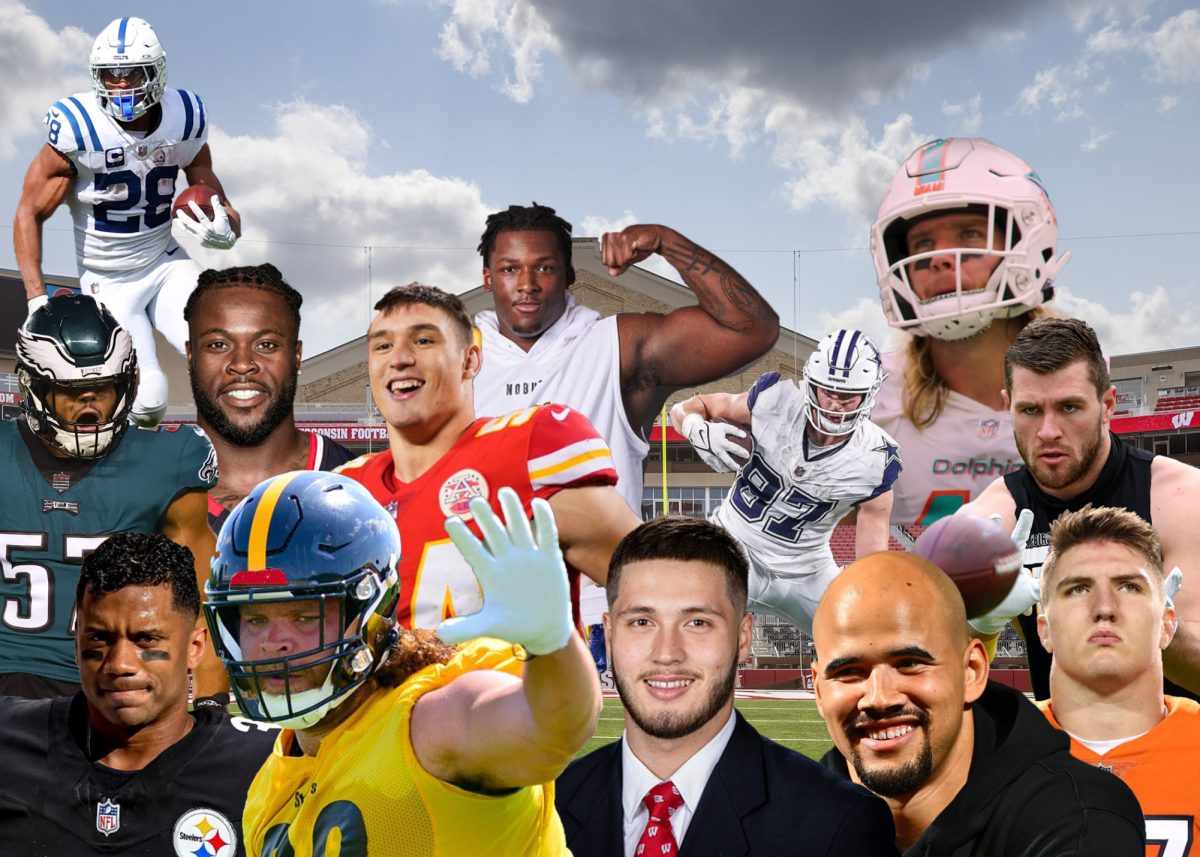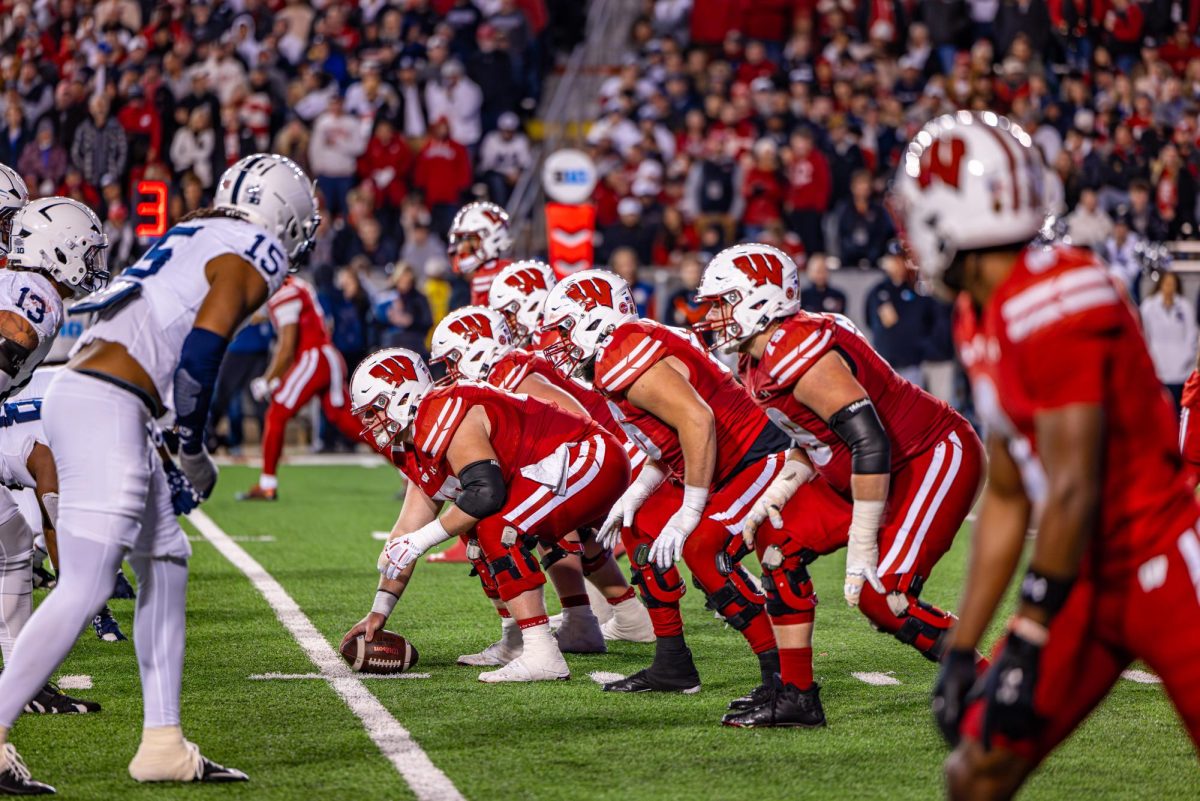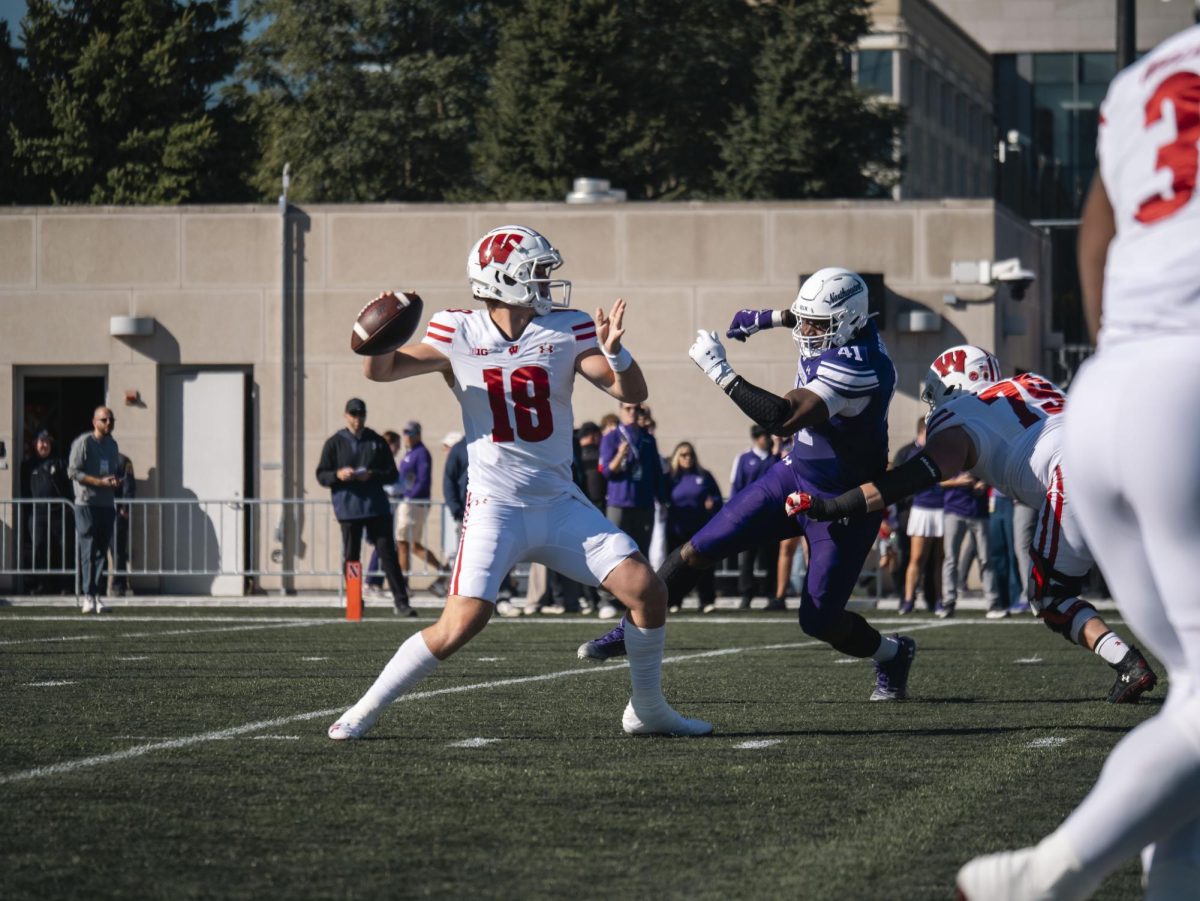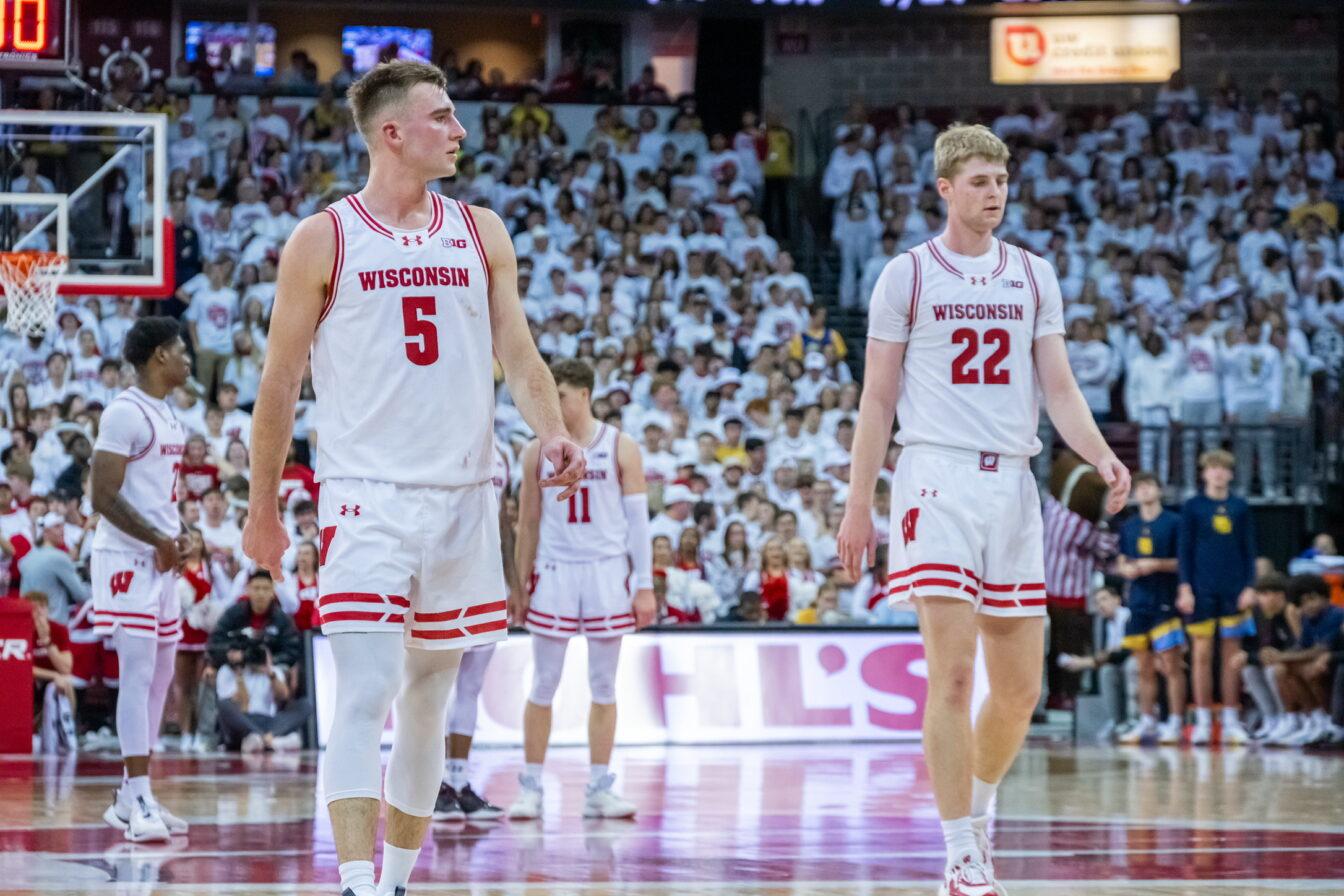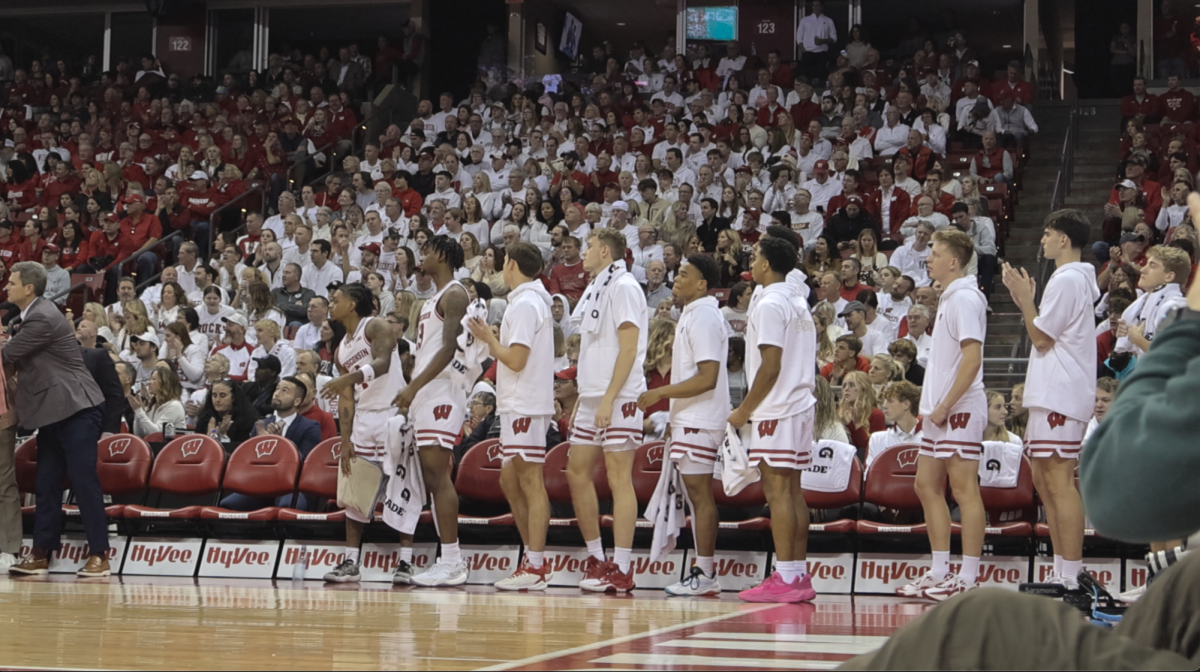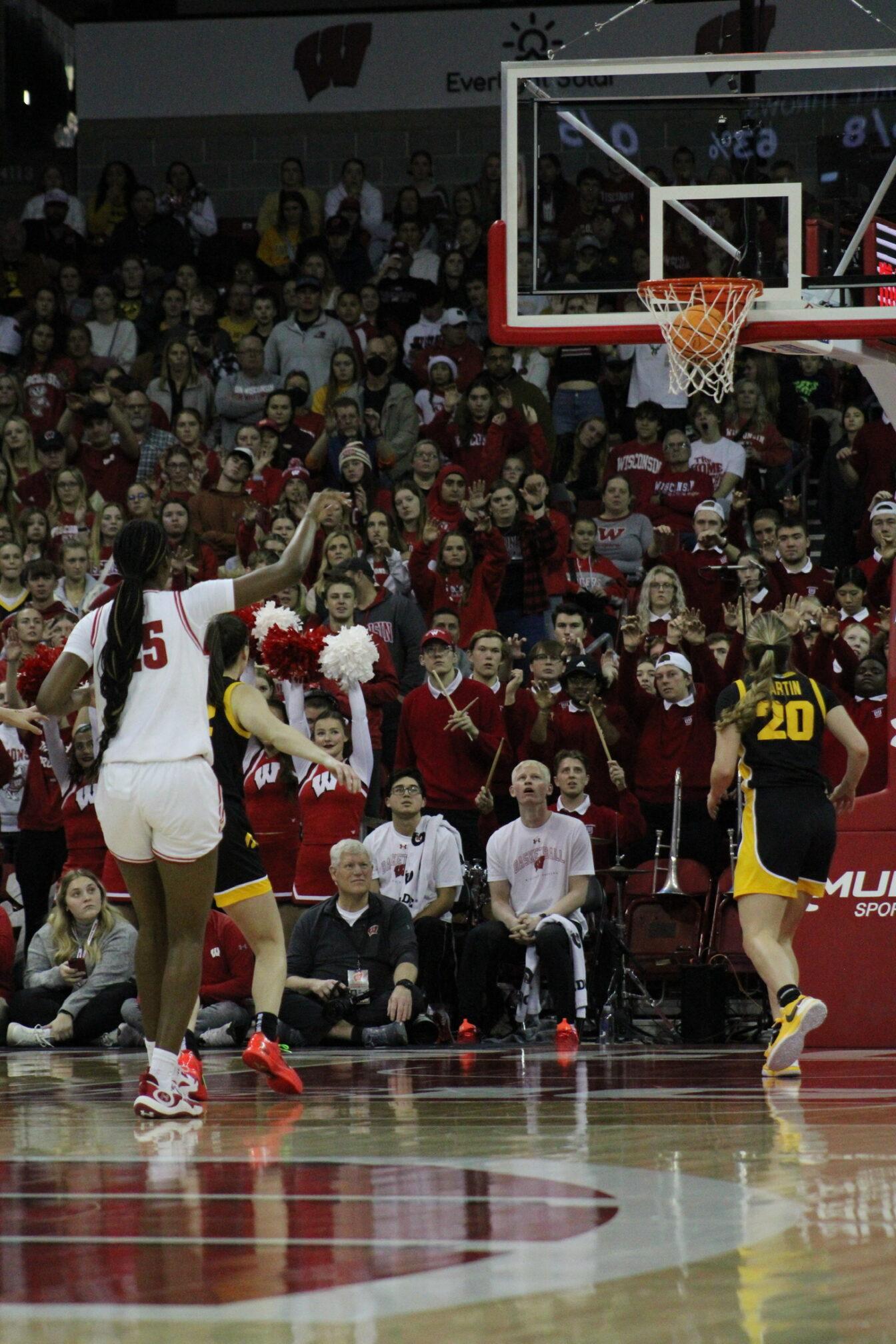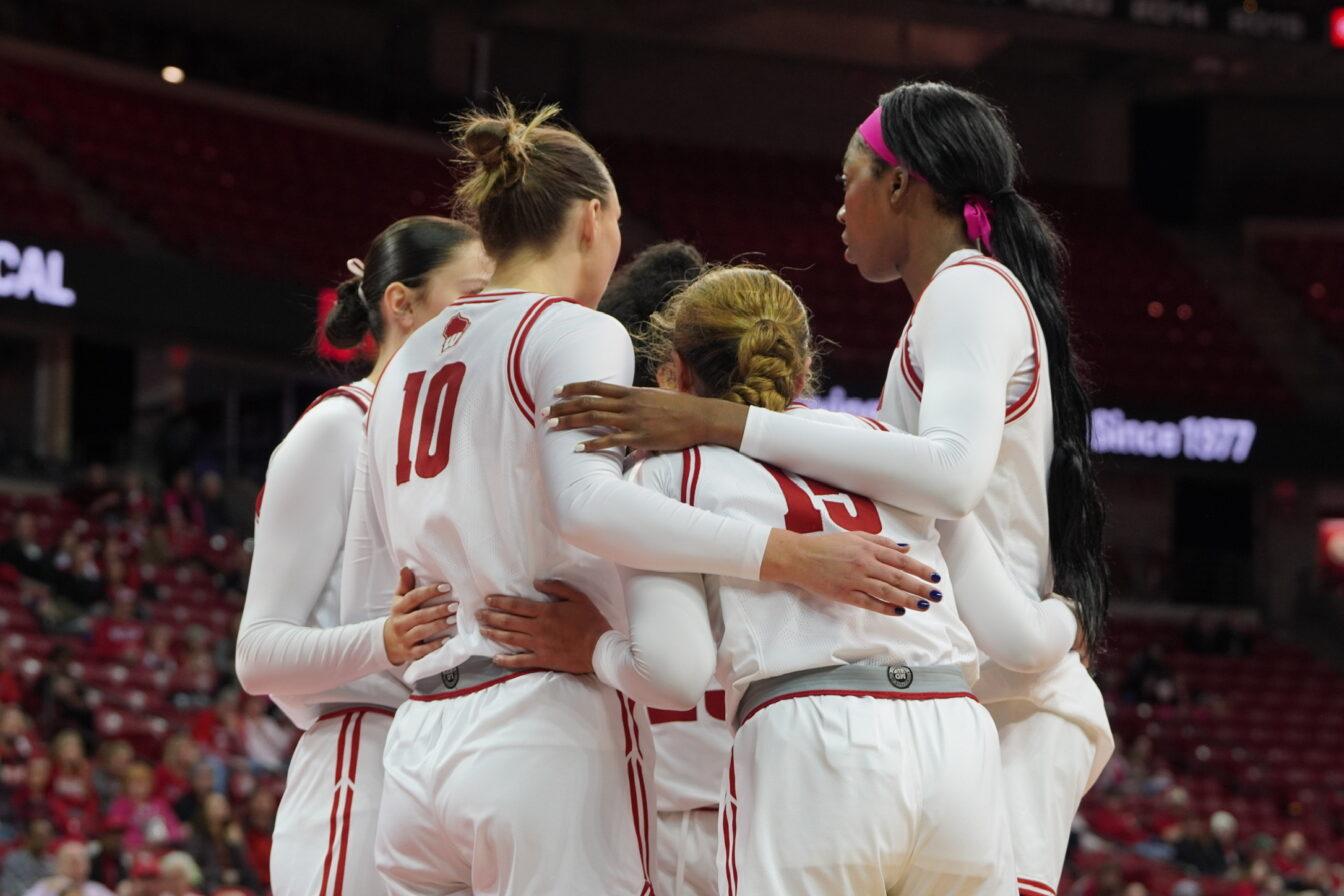
The situation: third down, two yards to go, Wisconsin is driving with under seven minutes to play in the second quarter against Arizona State. UW is in a big-I formation, just one receiver split right, with its big running back John Clay in the backfield, behind its even bigger 6-foot-5, 307-lb. fullback, Ryan Groy. The Badgers are a running team. The Badgers will run the ball here.
Wrong.
Offensive coordinator Paul Chryst calls for a play-action pass, and quarterback Scott Tolzien finds a wide-open Lance Kendricks, who picks up 34 yards and the first down. The Badgers will kick a field goal, to pull UW within four points of ASU.
Later, with UW clinging to a 20-19 fourth-quarter lead after Jay Valai’s block of an ASU extra point, Wisconsin faces third-and-two again. Convert, and the Badgers can finish running the clock down for a win. Fail, and Wisconsin punts the ball back to an Arizona State offense that moved the ball seemingly at will against the Badgers.
Again, it’s Clay in the backfield, with two tight ends in to block. And again, Tolzien fakes the hand-off before finding Kendricks for a first down on the play-action pass, firing the ball to the tight end right as a blitzing Sun Devil dives at his ankles.
“Just a good sell,” Kendricks said of the play. “When we were doing it, I was out there making calls and just trying to sell it, because I knew they were coming with a blitz.”
Knowing ASU is going to be bringing pressure, it could be considered a gutsy move to send one blocker (Clay) on a run fake and another (Kendricks) on a pass route. Unless you’re Chryst, anyway.
“Nah, not really. There aren’t really many calls that are, if guys execute,” he said of that fourth-quarter play.
It almost sets up too nicely for Wisconsin. The general perception of the Badgers in the college football world is that they’re going to pound the ball between the tackles with a big, bruising runner like Clay. But if a defense gets too complacent anticipating the run, that’s when a well-executed play-action pass can pay dividends.
“Because we run the ball so much, they’re already looking for the run, so I just want to give them what they’ve seen, over and over,” UW center Peter Konz said. “I really take pride in not [changing] anything [on play-action].”
But when the Badgers fake the run and go for a pass, it takes a lot of execution on everyone’s part. There are a couple of keys to the play going off without a hitch.
“Running the ball well. If you think about it, if you’re running the ball well, your actions have a chance,” Chryst said.
“From an offensive line standpoint, staying low; I can’t give it away by starting to pass (block) standing up, because the safeties are really reading it,” Konz said. “A lot of times it’s just the tackles, a safety’s key read is usually the tackles. The tackles stand up, they’re already in coverage.”
The biggest individual key against the Sun Devils, though, was Kendricks. The senior captain caught seven balls for 131 yards and a touchdown, as well as the three biggest catches of the game – his touchdown, and two third-down conversions.
While Kendricks might get more attention for his hands, until Saturday most of his contributions this season came in the running game. Time after time, Kendricks has laid his 6-foot-4, 241-lb. frame into would-be tacklers so Clay or another of UW’s stable of tailbacks could pick up yardage.
“I think it’s fun, I don’t have a problem with blocking, especially if he springs for a big one; I’m more happy than the running back is,” Kendricks said. “It makes the game fun, going out there and blocking, scrappin’ out and all that stuff.”
Kendricks’ effectiveness as a blocker helps make him the perfect play-action weapon. Being equally effective in the running and passing game only further adds to the deception required when faking the run.
“It’s awesome when you’ve got a tight end when he’s able to block so well, then all of a sudden, is he blocking, is he passing”? Konz said. “It’s kind of like the play-action, you don’t even know because if you thought maybe he was just a passing tight end, then you’d have someone covering him every time. But since they’ve seen him make those big plays and big blocks, then he becomes an even bigger threat.”
And since it’s clear Kendricks is one of the Badgers’ biggest weapons in general, it’s worth it to note that Wisconsin was without its biggest receiving threat in Nick Toon for the past two weeks. Receiver David Gilreath has also been out, after sustaining a massive hit and concussion against San Jose State on Sep. 11. With Toon and the speedy Gilreath out of the picture, teams could hypothetically focus on stopping UW’s other main weapons, Clay and Kendricks.
But with some good play calling and a little deception, the Badgers have proved they’ll pick up yardage on the ground or through the air, no matter the situation. Adding to that deception is the ability to trot out Groy. Stuck behind senior captain John Moffitt at left guard, the team found an interesting new way to use the redshirt freshman as a blocking fullback, who made his debut against UNLV wearing the No. 47 jersey.
As shown by the Badgers multiple times this season, the inclusion of Groy in the formation doesn’t necessarily mean the team is running the ball.
“Teams aren’t oblivious that we’ve got a big guy now. We’re three games in and Ryan Groy has been in, just pounding away,” Konz said. “When they see a big guy, their first indication is, ‘okay, they’re going to run, because this guy’s not going out for a pass.'”
Chryst was asked if he enjoyed having a giant fullback like Groy as another tool of deception in the play-action game.
“You’re giving away all our secrets, man,” Chryst joked. “You do what you do, and you have counters off of it. We’re not splitting the atom.”
Simplicity of the play-calling strategy aside, the Badgers have shown they still have the potential to replicate the dynamic offense they showed in 2009, where they averaged over 400 yards a game. Even without two of its top receivers, Wisconsin has given its opponents, at the very least, something to think about when preparing for the Badgers.
“Every team’s going to see that on film, too. Not only do they have to account for us to run the ball right up the gut, but they’ve got to be aware of [play-action] as well,” Tolzien said. “Hopefully that just makes us more dynamic as an offense and makes it harder on defenses.”
Or, if you’re Konz, you hope the Badgers will just keep it on the ground all game.
“It’s (play-action) pretty nice, but as an offensive lineman, I’d rather just pound the ball.”


